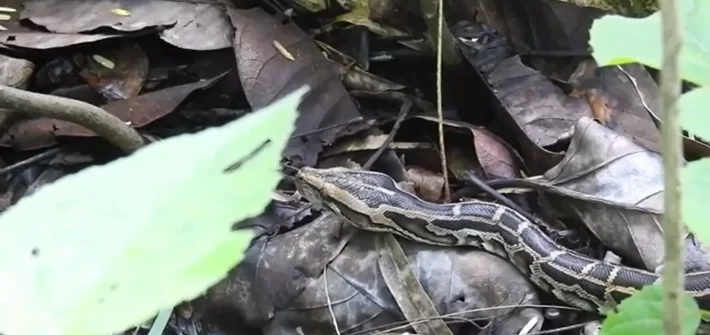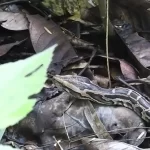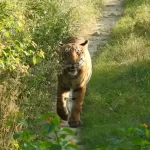The Jacobson’s organ is a remarkable sensory structure found in snakes. Located on the roof of their mouth, this organ plays a crucial role in their ability to detect chemical cues in their environment.
jimsjungleretreat
Tiger attacking a young elephant
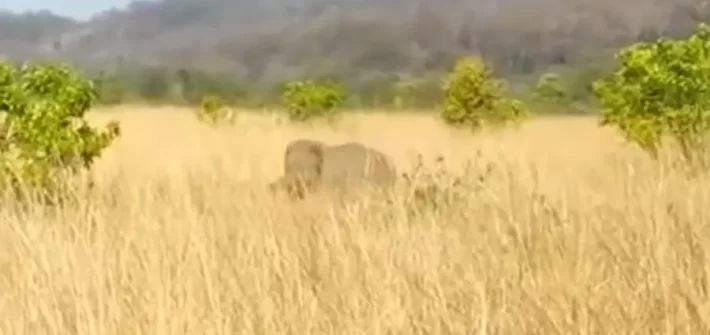
It is unusual, though not unknown, for tigers to hunt elephants. There are several instances of tigers hunting newborn baby elephants and occasionally they may kill elephant babies that are a few years old.
Elephant herds exhibit intricate social behaviour that showcases their strong bonds
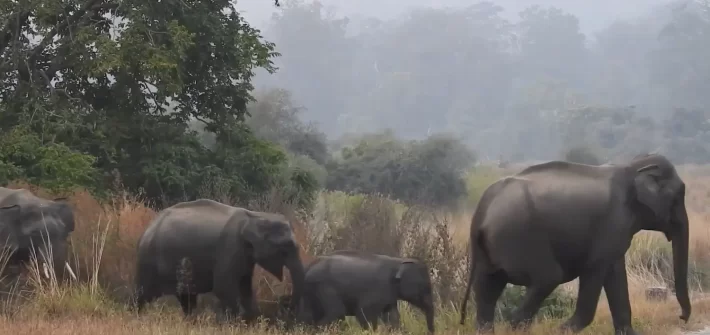
Elephant herds exhibit intricate social behaviour that showcases their strong bonds and cooperative nature. These intelligent and emotional creatures form cohesive groups led by a matriarch, often the oldest and most experienced female.
Snake locomotion is a captivating display of biomechanical versatility

Snake locomotion is a captivating display of biomechanical versatility, as these limbless creatures have evolved various techniques to navigate diverse terrains. Lateral undulation, the most common method, involves rhythmic contractions that create rippling waves along the body, efficiently propelling the snake forward.
Role of Rodents in ecosystem
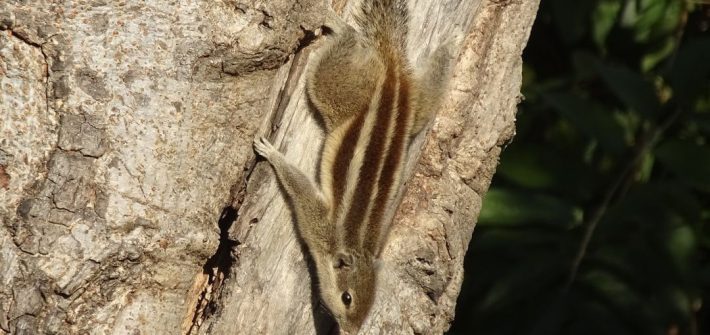
Rodents occur across a vast number of habitats on all continents except Antarctica. They have adapted to a variety of ecosystems including temperate and tropical forests, grasslands, swamps, deserts and islands. As many as 40% of all known mammal species are rodents. Many of the rodents live in underground burrows and some have adapted to […]
A Burmese Python at Jim’s Jungle Retreat
The Burmese Python is among the largest snakes in the world with individuals growing to a length of 20ft in India and approaching 30ft in south-east Asia. A non-venomous snake, it is harmless to humans. Being a constrictor, it lies in ambush for its prey, often hidden in the leaf litter of the forest floor, […]
A leopard in the tree
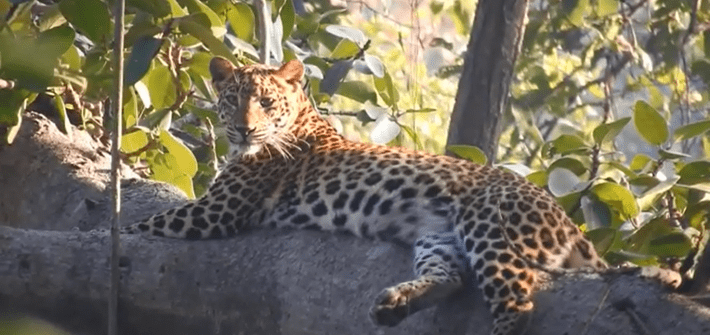
Where leopards occur in habitats dominated by their larger cousins, the tigers, they become extremely nocturnal and shy and are rarely seen during the day. The leopard, being a formidable predator, is treated by the tiger as competition for food and territory and a tigress with cubs takes no chances with leopards, for the safety […]
Frogs
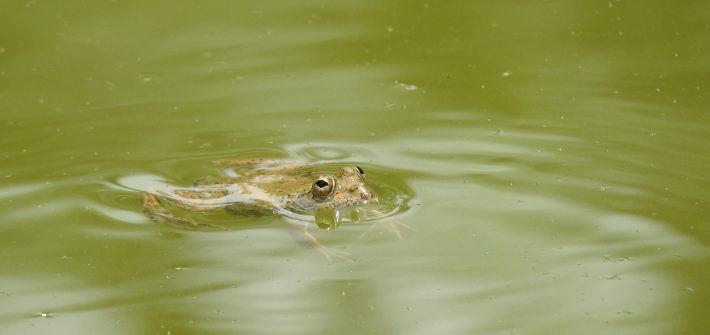
The earliest frogs may have split from their amphibian relatives some 265 million years ago, as per the current scientific understanding. Frogs are largely carnivorous, tailless amphibians belonging to order ‘Anura’. There are approximately six thousand species of frogs in the world. Frogs have protruding eyes that bulge out on the sides of the head. […]
Solid Waste Management at Jim’s Jungle Retreat

Being a conservation lodge, Jim’s Jungle Retreat aims to reduce its carbon footprint to minimum possible levels. Whereas, we have always been responsibly disposing off our solid waste and ensuring maximum possibility of recycling, recently an initiative was started with the help members of Ringora Self Help group, to train all the staff of Jim’s […]
Changeable Hawk Eagle feeding on baby Rhesus Macaque
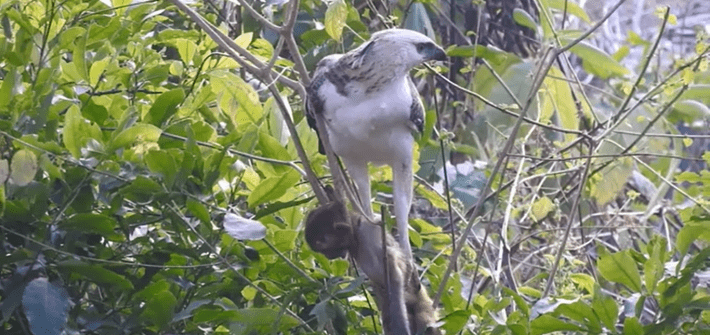
Changeable Hawk Eagle is a common bird of prey of the forests of the Himalayan foothills, including Corbett Tiger Reserve. It is a formidable raptor, known to feed on a variety of prey, including small and large birds, snakes, frogs, lizards and mammals. Among mammals, it is known to take squirrels, rats, hares, treeshrews and […]
Common Jezebel at Jim’s Jungle Retreat
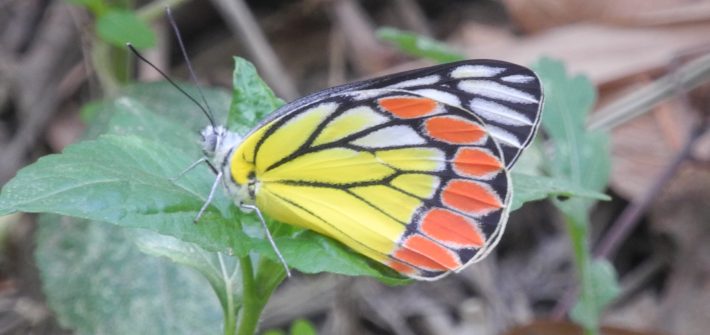
Common Jezebel is a beautiful butterfly species found across South and South-east Asia. It avoids arid habitats and occurs along the Himalayan foothills upto elevations of 2100m. The male has impressive yellow, white, red and black coloration to the underside hindwing. These bright colors are indicative of the species being unpalatable to the predators due […]
Elephant feeding on tender branches of Rohini
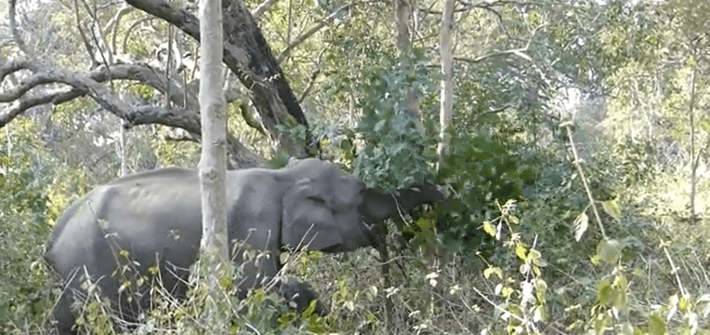
Rohini (Mallotus philippensis) is a small to medium sized tree found in the wild from Afghanistan to Australia. It is a common tree in Corbett Tiger Reserve. The tree is also called Kumkum tree because of its fruit being covered in a red powdery substance that can be used as a dye. Rohini is one […]
Sloth Bear feeding behavior
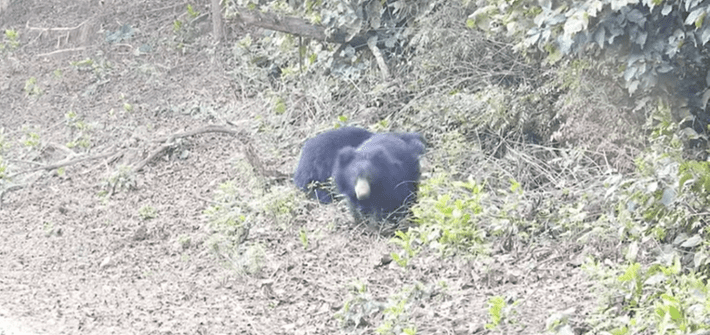
Sloth bears are one of the eight bear species found in the world. Omnivorous in their diet, they are unique in their feeding behavior and primarily feed on ants and termites, apart from a variety of fruits. Sloth Bears have massive claws that are used for digging ground to reach ants and termites that live […]
BirdFacts: Why there are differences in the plumage coloration of male & female Long-tailed Minivet
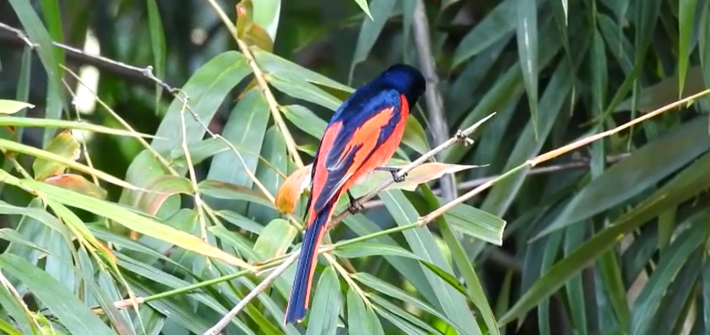
Feathers are unique to birds and many species display bright colors to their feathers. All the feathers on a bird’s body are collectively called plumage. The word is derived from the Latin word ‘plume’ meaning feather. A bird’s plumage can be described as ‘the layers of feathers on the body of a bird and their […]
Happy Valentine’s Day from Jim’s Jungle Retreat

Valentine’s Day is celebrated every year on 14th February in the memory of St. Valentine who was executed in ancient Rome on this day for spreading the message of love. Today, across the world, this day has become an occasion for sharing one’s feelings of love and care for our beloved ones. In nature, one […]
Rufous-bellied Niltava at Jim’s Jungle Retreat
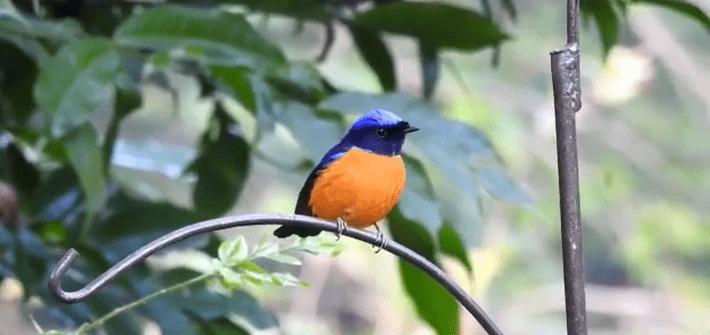
Rufous-bellied Niltava is an insectivorous bird belonging to the family of old world flycatchers. It is distributed from India to south-east China, Vietnam and Thailand. The male Rufous-bellied Niltava is bright blue on the upperparts and bright rufous on the underparts with ultramarine blue on crown and nape and a patch of iridescent blue on […]
Elephant herd in a river valley

Elephants have a great appetite for food. Strictly vegetarian, their diet includes various kinds of vegetation material. In winters, elephants in the foothills of Himalayas disperse uphill to the elevations up to 1500 meters to munch on a variety of vegetation that grows on the slopes, especially the dwarf hill bamboo called ‘Ringal’. Another great […]
The deer and the tiger !

It is instinctive behavior of the prey animals to raise alarm when the presence of the predator is detected. Various kinds of deer, monkey, langur, jackal, peafowl, junglefowl and many varieties of other bird species voice alarm at the presence of the tiger. The deer may raise alarm when tiger is sighted or even when […]
Tigress crossing a stream
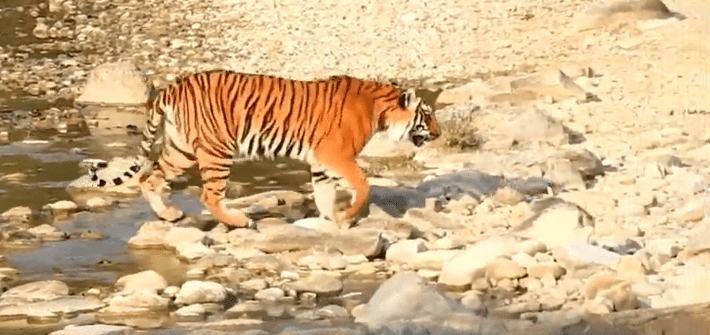
When the summer sets in, the tigers prefer to stay close to the sources of water. Being carnivores, they frequently need to drink water, especially in the hot weather. When a kill is made, it is often dragged close to a convenient water source, like a stream or a waterhole. Recently a tigress and her […]
Tigress on the riverbed

There are countless forest streams and rivulets that criss-cross the Bhabhar landscape, bordering the Shivalik mountain ranges. Together, the Shivaliks and Bhabhar form the very foothills of the mighty Himalayas. These water channels drain excess water out of the mountains during the rainy season and for the remaining part of the year, some remain perennial, […]
